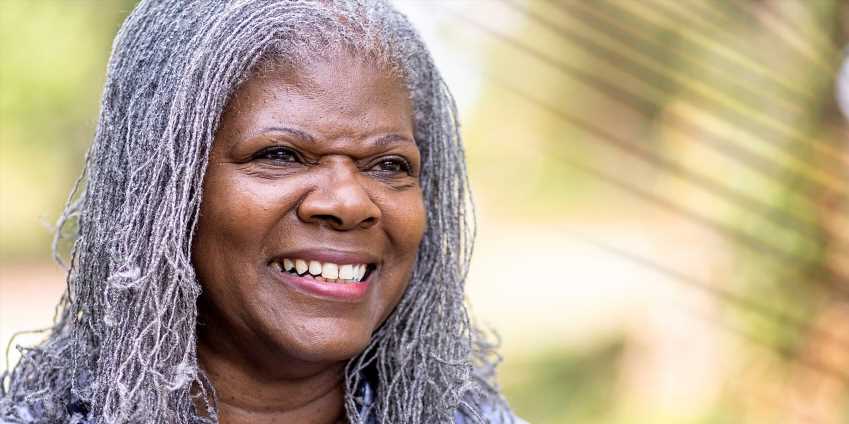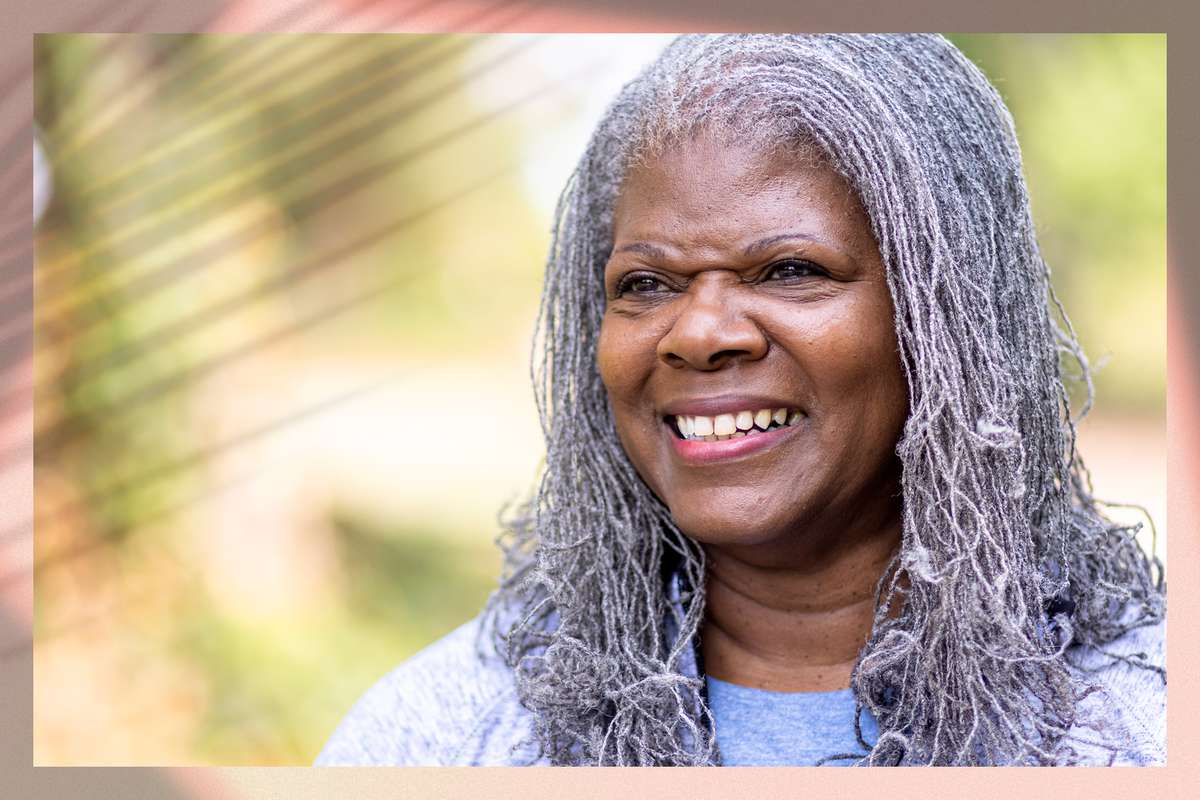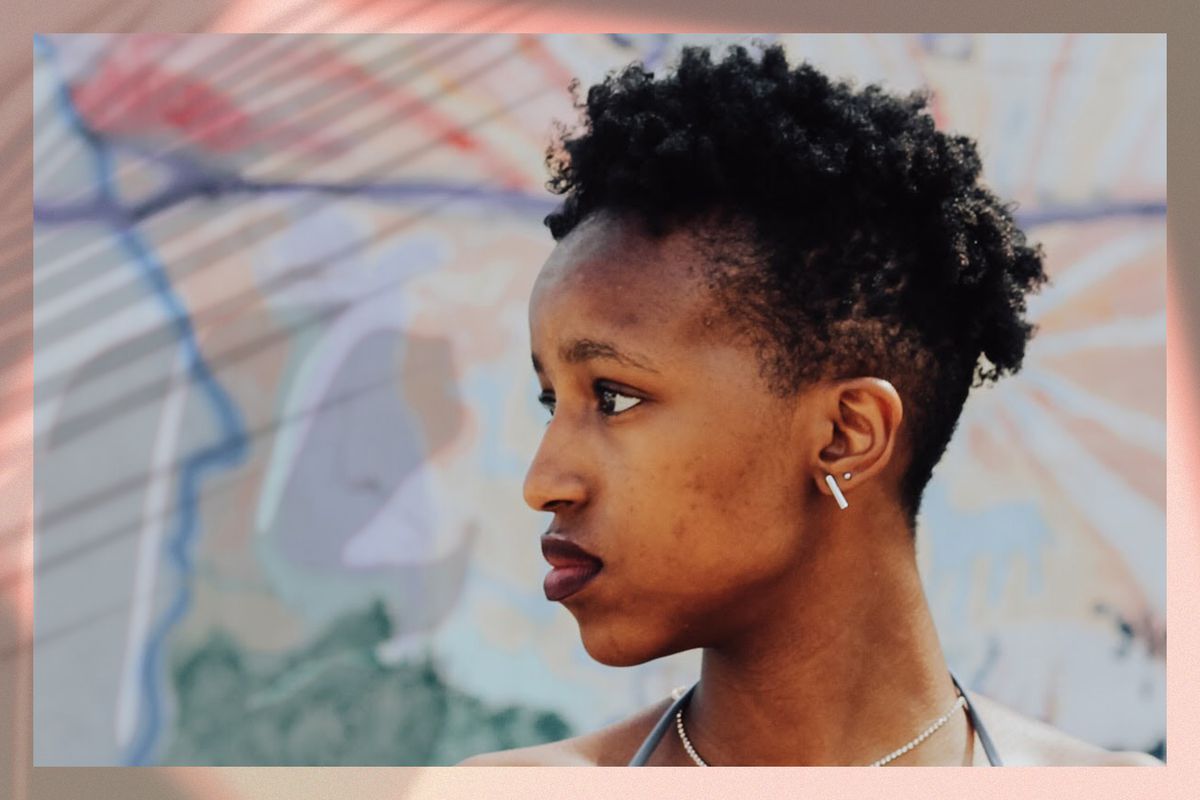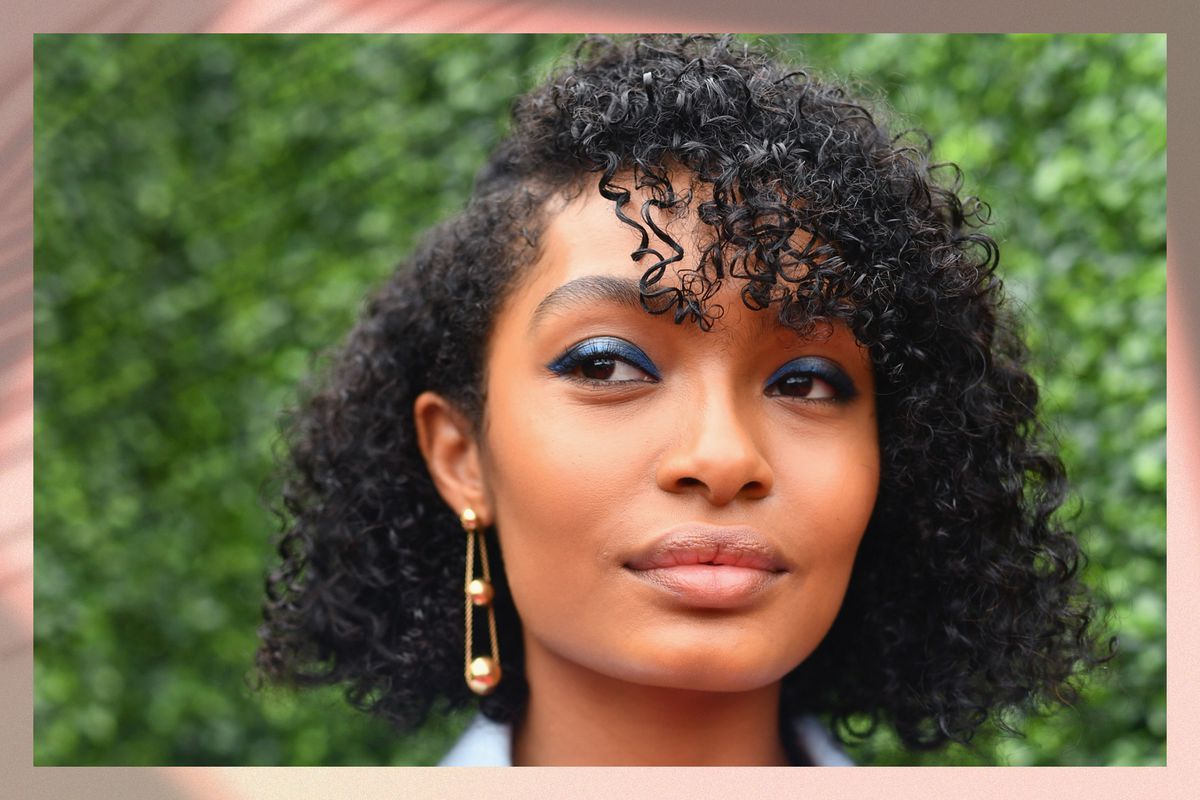When it comes to locs, not all styles are created equal, but they're all equally gorgeous.
Most times when we see people with the look, they have locs that tend to be on the thicker side. However, if you're thinking of doing the permanent style, sisterlocs may be a great option if you prefer a daintier finish.
"Sisterlocs are tiny locs that are created using a tool and an interlocking technique," explains Dr. Kari Williams, the creator of goddess locs. "The small size of the loc differs from traditional locs that are formed using a twisting or palm rolling method and are typically larger in size."
While there are many pros for taking the plunge, one thing that definitely stands out is the fact that due the slenderness of sisterlocs, you can still achieve pretty much any hairstyle.
"They allow women with tightly coiled and curly hair the option to loc their hair and still enjoy styling versatility without the use of heat styling tools, which can cause damage to the hair over time," Dr. Williams adds.
Ready to learn more?
What Do I Need to Know Before Getting Sisterlocs?
While the style doesn't require as much daily maintenance as loose hair, that doesn't mean you can skimp out on having a solid haircare regimen.
"There will be a significant amount of time and money invested to get sisterlocs installed," explains Dr. Williams. "Additionally, clients should know that there will be regular maintenance and retightening of the roots of the locs to keep them healthy and strong."
That said, it's best to work with an experienced loctician, as the process for creating and maintaining sisterlocs differs from the traditional style.
How Do I Care for My Sisterlocs At Home?
When it comes to washing, Dr. Williams only recommends doing so once or twice a month to ensure the hair stays in place. You should avoid conditioners — at least in the beginning.
"Use clarifying shampoos that will gently remove dirt and smells from the hair," she explains. "During the budding stage of the loc process, you want to avoid using conditioners and products that will soften the hair."
However, she still recommends using water-based moisturizers and natural oils to keep hair and scalp hydrated once the locs have set.
Can Sisterlocs Cause Traction Alopecia?
Like any form of manipulation, sisterlocs can cause traction alopecia if the hair is not cared for properly.
"Locs gain weight over time, so it's important that the base of the loc is strong enough to manage the weight of the locs as they get older," the expert explains. "It's also important to retighten the locs regularly to reinforce the loc to the scalp."
And you should always avoid tight styles when you can.
VIDEO: How to Protect Your Baby Hairs While You Have in a Protective Style
What Are Some Styling Options for Sisterlocs?
The good news: pretty much anything you could do with loose hair — minus blowouts, of course.
So yes, that means curls, bantu knots, and cornrows are still all options. And you can even enjoy braids and weaves, so long as you're not adding too much tension.
"There are ways you can install extensions on top of sisterlocs," Dr. Williams shares. "But I would recommend being careful not to add too much weight to the loc. Remember, as the locs get older they gain weight, and adding additional tension to the loc by the use of extensions can cause traction alopecia."
This is All Natural. From the kinkiest coils to loose waves, we're celebrating natural hair in its many forms by sharing expert tips for styling, maintenance, and haircare.
Source: Read Full Article




